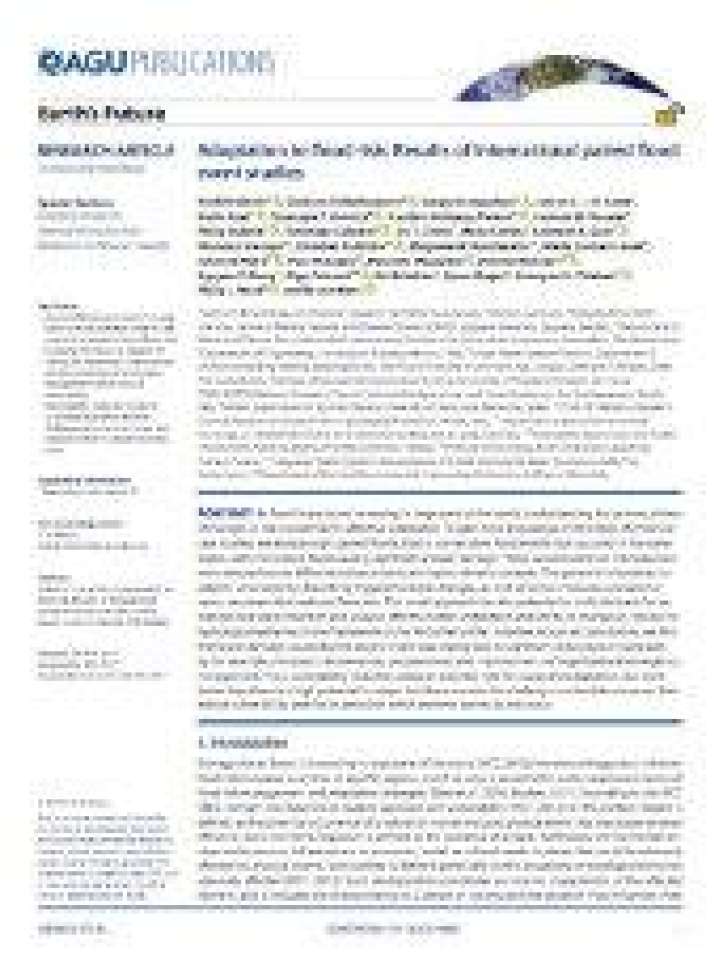Adaptation to flood risk: Results of international paired flood event studies
This study aims to improve the understanding of the primary drivers of changes in flood risk, in order to support effective adaptation. The study analyzed eight paired floods, that is, consecutive flood events that occurred in the same region, with the second flood causing significantly lower damage. These success stories of risk reduction were selected across different socioeconomic and hydro-climatic contexts.
The potential of societies to adapt is uncovered by describing triggered societal changes, as well as formal measures and spontaneous processes that reduced flood risk. This novel approach has the potential to build the basis for an international data collection and analysis effort to better understand and attribute changes in risk due to hydrological extremes in the framework of the IAHSs Panta Rhei initiative.
Across all case studies, the study found that lower damage caused by the second event was mainly due to significant reductions in vulnerability, for example, via raised risk awareness, preparedness, and improvements of organizational emergency management. Thus, vulnerability reduction plays an essential role for successful adaptation. The study shows that there is a high potential to adapt, but there remains the challenge to stimulate measures that reduce vulnerability and risk in periods in which extreme events do not occur.
Explore further
